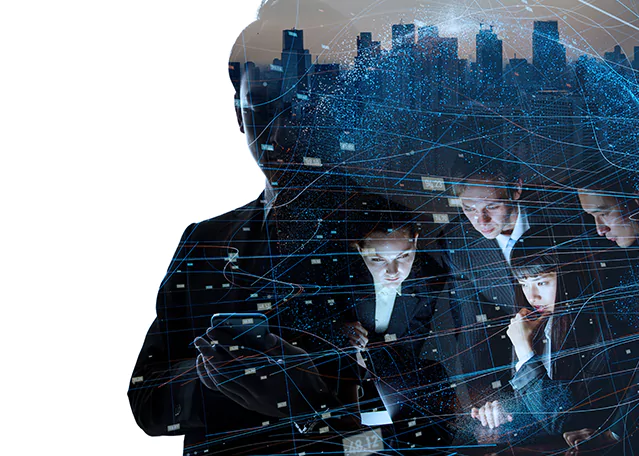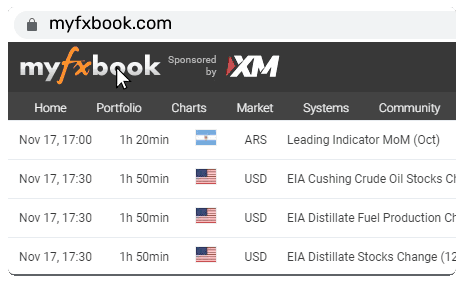The 0.6% Surprise: What South Korea’s Growth Means for Your Portfolio

South Korea’s economy just delivered a surprise that caught traders off guard—and not in a bad way. After a shaky first quarter and a high-stakes political transition, the country’s 0.6% quarter-on-quarter GDP growth in Q2 has shifted the market conversation.
At EBC Financial Group, we’re analysing how this stronger-than-expected print interacts with trade risks, policy recalibration, and investor sentiment. For traders in FX, bonds, and equities, the takeaway is clear: it’s not just about the data—it’s about what’s next.
Growth Is Real, but So Are the Caveats
Let’s start with the numbers. On 24 July, the Bank of Korea (BoK) released its preliminary estimate showing a 0.6% QoQ GDP rise, beating the 0.5% consensus and reversing the 0.2% contraction recorded in Q1. It’s the best growth in over a year.
Driving that upturn was a 4.2% jump in exports, powered by semiconductors and petrochemicals. Domestic demand also helped. Private consumption grew by 0.5%, buoyed by higher spending on cars and cultural services, while government spending added 1.2% to the mix.
But under the surface, not everything is firing. Facility investment and construction investment both fell 1.5%, showing continued hesitation in capital expenditure and infrastructure projects. According to the BoK, net exports and domestic demand each contributed 0.3 percentage points to total growth—highlighting the fragility of the rebound.
Politics Settled, but Policy Risks Remain
South Korea’s political calendar has been busy. After the constitutional court upheld the impeachment of former President Yoon Suk Yeol in April, a snap presidential election on 3 June brought closure to months of institutional paralysis. That’s been a tailwind for investor confidence.
Yet politics abroad are casting a longer shadow. The biggest wildcard in the room? Trade policy.
1 August 2025: A Make-or-Break Moment
For traders, one date now matters more than any other: 1 August 2025. That’s the deadline for the current round of U.S.–South Korea trade negotiations, which were triggered by President Donald Trump’s April proposal of 25% reciprocal tariffs on Korean exports.
Although the tariffs haven’t been enforced yet, the damage is already visible. Key sectors like autos and steel have come under pressure due to product-specific tariffs. And recent developments are not encouraging. A scheduled meeting between South Korean officials and U.S. Treasury Secretary Bessent was abruptly cancelled, and the talks are now being described as entering a “critical phase.”
The risk is straightforward: if the two sides fail to reach agreement by 1 August, new tariffs could hit immediately—disrupting exports, spiking FX volatility, and rattling investor flows.
As David Barrett, CEO of EBC Financial Group (UK) Ltd, puts it: “South Korea's rebound is built on firm export momentum, but markets shouldn't assume this removes downside risk. Growth, policy caution, and tariff uncertainty are converging at once. That's what makes this moment especially sensitive for cross-asset positioning.”
What Traders Should Watch Now
The Q2 GDP beat has reduced pressure on the BoK to cut rates in the near term. After holding the benchmark rate at 2.50% on 10 July, policymakers appear comfortable watching how external risks evolve before making their next move. That stance has already caused adjustments along the yield curve, especially at the short end.
In currency markets, the Korean won (KRW) remains highly reactive to trade headlines. A favourable deal may strengthen the KRW and support capital inflows. But if talks collapse, traders should prepare for renewed outflows and possible central bank intervention.
Equities are split between hope and caution. Export-heavy sectors such as autos and steel remain vulnerable to tariff headlines. In contrast, stocks linked to AI development and domestic consumption are drawing strength from the broader fiscal backdrop and household demand trends.
Despite the upbeat Q2 data, the BoK is sticking with its 0.8% GDP forecast for 2025, citing weak consumption recovery and lingering policy risk.
Our Take
At EBC, we believe the 0.6% print is encouraging—but not a turning point. Until the trade picture becomes clearer, South Korea will remain a tactical market, not a directional one. Traders should focus on flexibility, monitor the cross-asset signals, and treat August as a live risk event, not a postscript.
Disclaimer: This article reflects the observations of EBC Financial Group and all its global entities. It is not financial or investment advice. Trading in commodities and foreign exchange (FX) involves significant risk of loss, potentially exceeding your initial investment. Consult a qualified financial adviser before making any trading or investment decisions, as EBC Financial Group and its entities are not liable for any damages arising from reliance on this information.





















